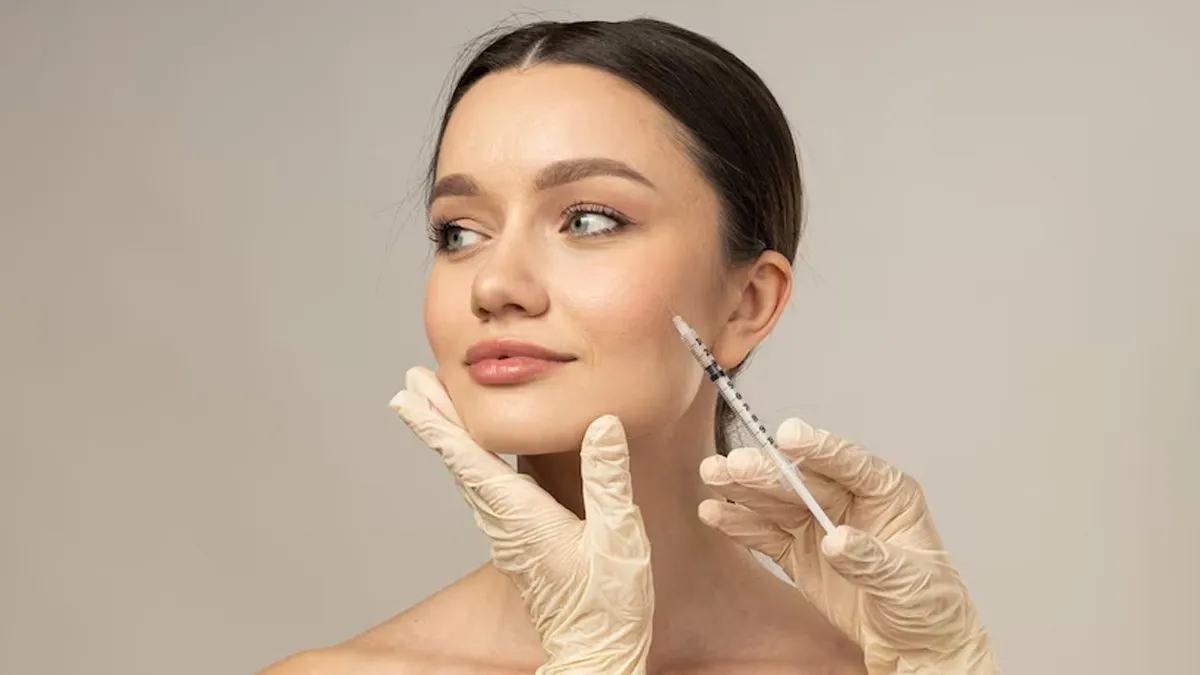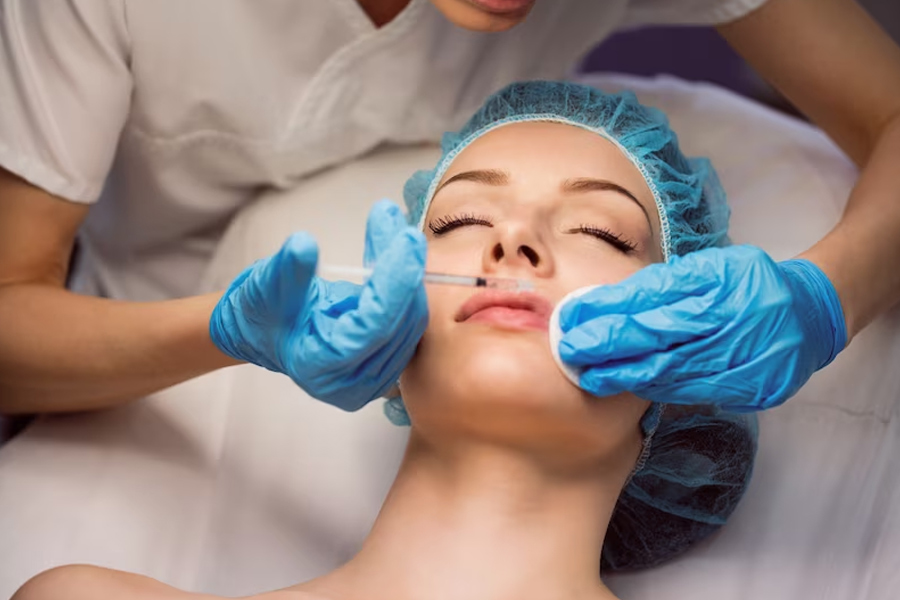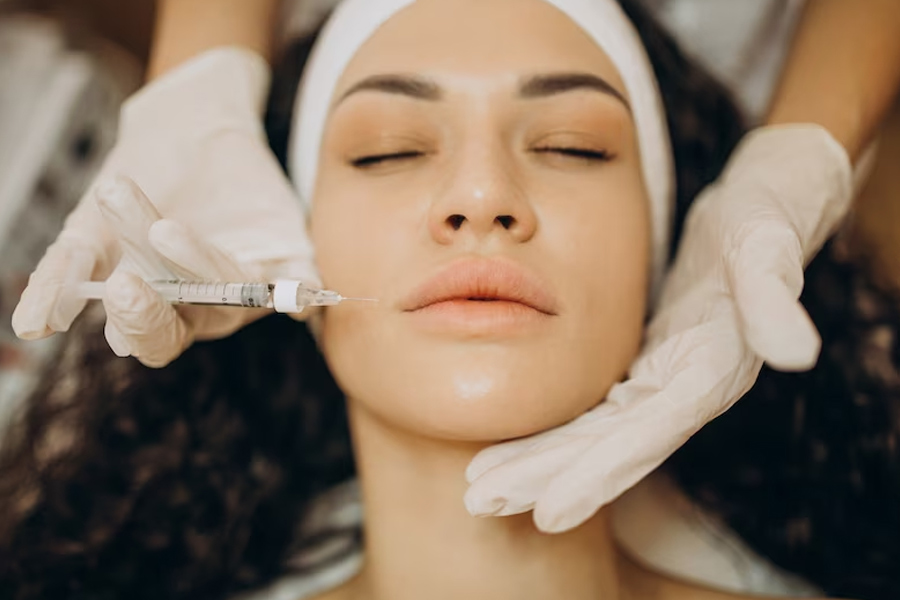
In recent years, chin fillers have become a popular choice for enhancing facial contours and achieving a more defined profile. However, as trends and personal preferences evolve, some may decide to have their fillers dissolved. Whether you're dissatisfied with the results, experiencing complications, or simply seeking a more natural appearance, dissolving chin fillers is a safe and effective option when done correctly.
Table of Content:-
For the curious, we spoke to Dr Aditi Wadhwa, Consultant, Department of Dermatology, Sharda Care - Health City and here’s everything you need to know about the process and how to ensure it’s handled safely.
Why People Choose To Dissolve Chin Fillers
While once one may decide to alter the way their face looks, after some time, they may want their old self back and it is completely natural. According to Dr Wadhwa, people choose to dissolve their chin fillers for the following reasons:
1. Changing Aesthetic Goals
Over time, what seemed like a perfect enhancement might no longer align with your preferences.

Also Read: Lip Lift Vs Lip Filler: Expert Explains Which Option Suits You The Best?
2. Unsatisfactory Results
Sometimes, fillers may not settle as expected, leading to asymmetry or other undesirable effects.
3. Complications
Although rare, side effects like lumps, migration, or infection may necessitate removal.
4. Natural Ageing
As the face changes with age, fillers placed years ago might no longer suit your facial structure.
How Fillers Are Dissolved
"Chin fillers made of hyaluronic acid (HA) can be dissolved using an enzyme called hyaluronidase. This enzyme breaks down the HA molecules, allowing the body to reabsorb and eliminate them naturally," Dr Wadhwa explained. Here’s what the process typically involves:
Step 1: Consultation with a Specialist
Always start by consulting a licensed and experienced medical professional, such as a dermatologist or plastic surgeon.
Step 2: Assessment
Your provider will evaluate the area to determine the type and amount of filler used, as well as any potential complications.

Also Read: Olivia Culpo Removes Lip Filler Ahead Of Her Wedding; All About Lip Augmentation
Step 3: Patch Test
A small test dose of hyaluronidase may be applied to ensure you’re not allergic to the enzyme.
Step 4: Injection of Hyaluronidase
The enzyme is injected directly into the filler, and the effects are usually noticeable within 24-48 hours.
Step 5: Follow-Up
Depending on the amount of filler, you may require multiple sessions to achieve the desired result.
Tips For A Safe And Smooth Removal Process
If you have made up your mind and consulted your dermatologist, here are some expert-approved tips for safe removal of your chin fillers:
1. Choose a Qualified Provider
This cannot be stressed enough. Ensure your provider is certified and has extensive experience with both fillers and their removal.
2. Understand the Risks
While dissolving fillers is generally safe, potential side effects include swelling, bruising, and, in rare cases, allergic reactions.
3. Be Patient
It may take a few days or weeks for the treated area to settle completely after the procedure.
4. Communicate Openly
Share your full medical history and any concerns with your provider to ensure the best care.
5. Avoid DIY Solutions
Never attempt to dissolve fillers at home. Over-the-counter remedies or unverified methods can lead to serious complications.
Bottomline
Dissolving chin fillers can be a liberating experience for many, offering a fresh start and a return to a more natural appearance. Whether you’re making this decision for personal or practical reasons, the key is to approach the process with care and the guidance of a trusted professional. Remember, beauty is about feeling confident in your own skin.
Also watch this video
How we keep this article up to date:
We work with experts and keep a close eye on the latest in health and wellness. Whenever there is a new research or helpful information, we update our articles with accurate and useful advice.
Current Version